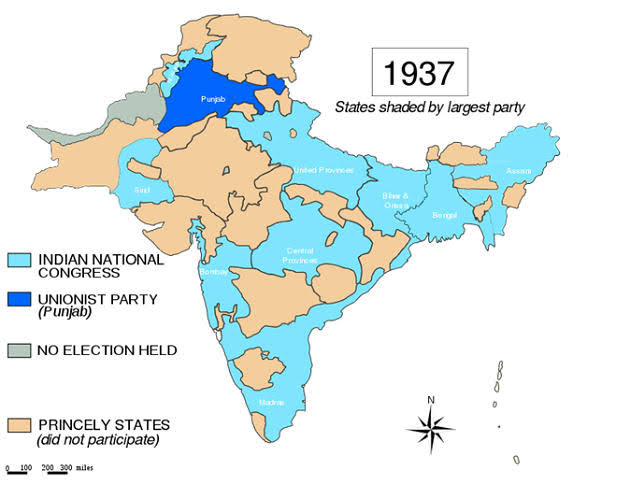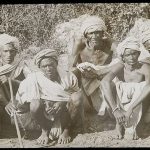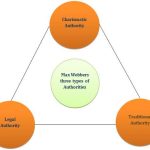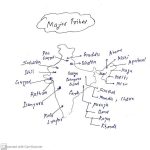
• Khudai Khidmatgar, which means “Servants of God,” was a mostly Pashtun peaceful resistance movement in colonial India that worked against the British Raj. It was based in the North-West Frontier Province, which is now in Khyber Pakhtunkhwa, Pakistan.
• Originally called the Anjuman-e-Islah-e Afghania (society for the reformation of Afghans/Pashtoons), this group was also called Surkh Posh, “Red Shirts,” or “red-dressed.” Its main goals were schooling and the end of blood feuds.
• Abdul Ghaffar Khan, who was known in the area as Bacha Khan, Badshah Khan, or Sarhadi Gandhi, was in charge of the effort.As the British Raj went after its members, it became more political over time. By 1929, the group’s leaders were kicked out of the province and a lot of people were jailed.
• Leaders went to the All-India Muslim League and the Indian National Congress looking for allies. When the All-India Muslim League turned them down in 1929, the movement joined the Congress Party and played a big part in the Indian independence struggle.
The British colonial government in India finally let Bacha Khan go and stopped putting limits on the movement. As part of the Government of India Act of 1935, men in the North-West Frontier Province were given the right to vote for the first time. The Khudai Khidmatgars won the polls in 1937 because they worked together with the Congress Party. Khan Abdul Jabbar Khan (Dr. Khan Sahib), who is Bacha Khan’s brother, was chosen to be the Chief Minister of the NWFP.
After 1940, the Khudai Khidmatgar movement was again punished for its part in the Quit India Movement. Around the same time, the Muslim League in the area began to oppose it more and more. Together with the Congress Party, the Khudai Khidmatgars also won the 1946 polls, and Dr. Khan Sahib was re-elected as Chief Minister.
• The Khudai Khidmatgars were against the idea of dividing India into two countries. They sided with the Indian National Congress and the All India Azad Muslim Conference in this fight.
• When the Indian National Congress accepted the partition plan without consulting the Khudai Khidmatgar leaders, Bacha Khan, the head of the Khudai Khidmatgars, felt very sad and told the Congress, “You have thrown us to the wolves.”
• In June 1947, the Khudai Khidmatgars passed the Bannu Resolution, which said that the Pashtuns should not be forced to join Pakistan but instead be given the choice of an independent state called Pashtunistan, which would include all Pashtun lands in British India. But the British Raj did not agree to do what this motion asked.
• As a result, the Khudai Khidmatgars didn’t vote in the 1947 referendum on whether the NWFP should join Pakistan or India. They said that the NWFP didn’t have the choice of becoming independent or joining Afghanistan.
• The Khudai Khidmatgars had trouble with the new Pakistani government after India was split up. The Khudai Khidmatgars’ government was thrown out, and their movement was banned. On August 12, 1948, many members of the group were killed in the Babrra massacre.
• In 2011, Faisal Khan brought back the Khudai Khidmatgar in Delhi. Its goal is to promote peace between different groups and help with crisis relief. About 5,000 people belong to the group.
Abdul Ghaffar Khan
• Abdul Ghaffar Khan, who lived from 1890 to 1988, was the most important leader of the Muslim Pashtuns of Pakistan and Afghanistan in the 20th century. He was a student of Mahatma Gandhi and was known as the “Frontier Gandhi.”
• Ghaffar Khan met Gandhi and got involved in politics in 1919, when there was protest over the Rowlatt Acts, which let political rebels be locked up without being tried.
• In 1920, he joined the Khilafat movement, which wanted to improve the spiritual ties between Indian Muslims and the Turkish sultan.
• In 1921, the people in his home province of North-West Frontier Province voted him president of a district Khilafat group.
• In 1929, soon after Ghaffar Khan went to a meeting of the Indian National Congress (Congress Party), he started the Red Shirt movement (Khudai Khitmatgar) among the Pashtuns.
• In 1987, he was given the Bharat Ratna Prize, which is India’s greatest civilian honour. He was the first person who was not an Indian to get this title.
Nelson Mandela is another person who is not Indian who got the Bharat Ratna in 1990.
In 1980, Mother Teresa was the first and only person who was born in another country to receive the Bharat Ratna.
















